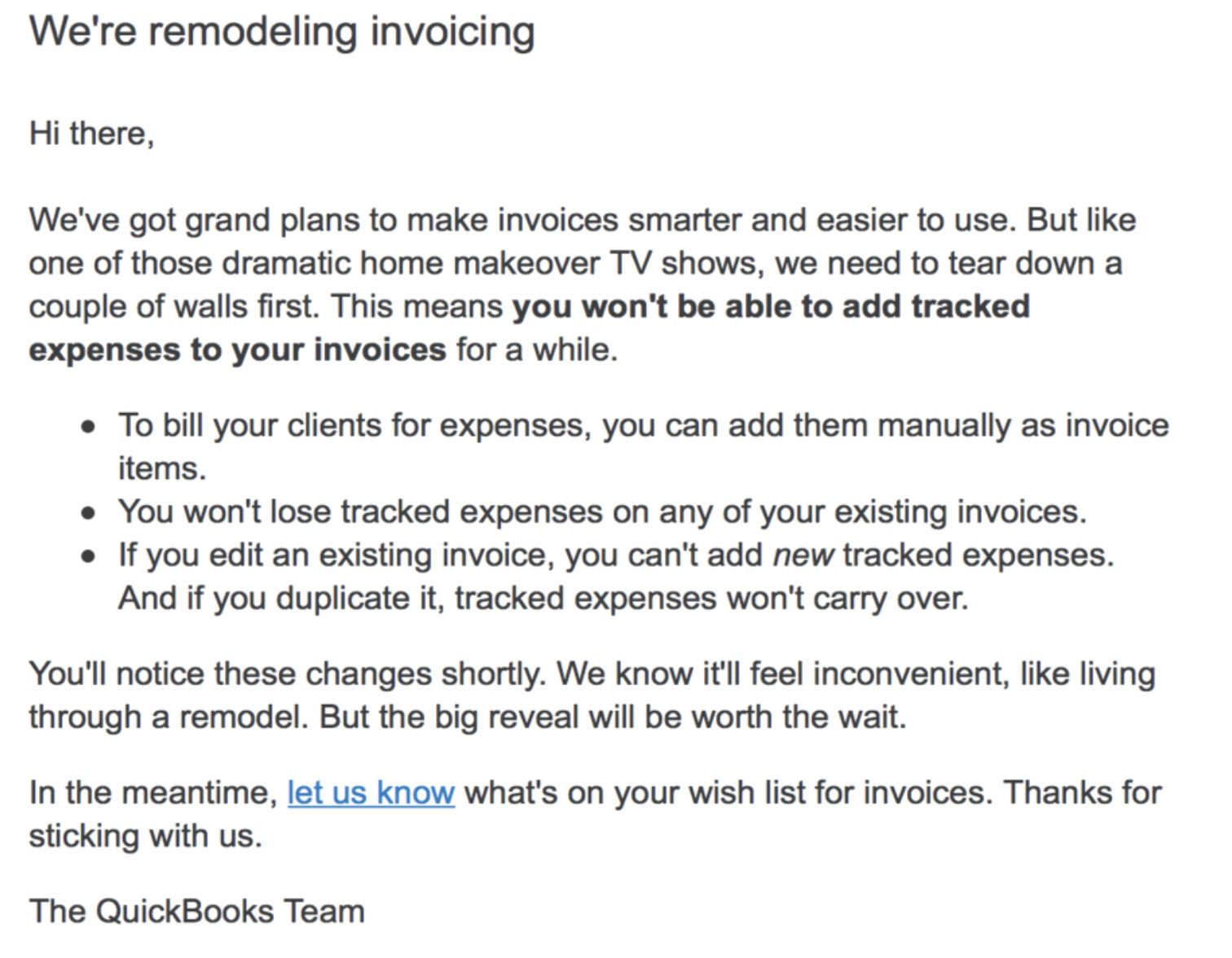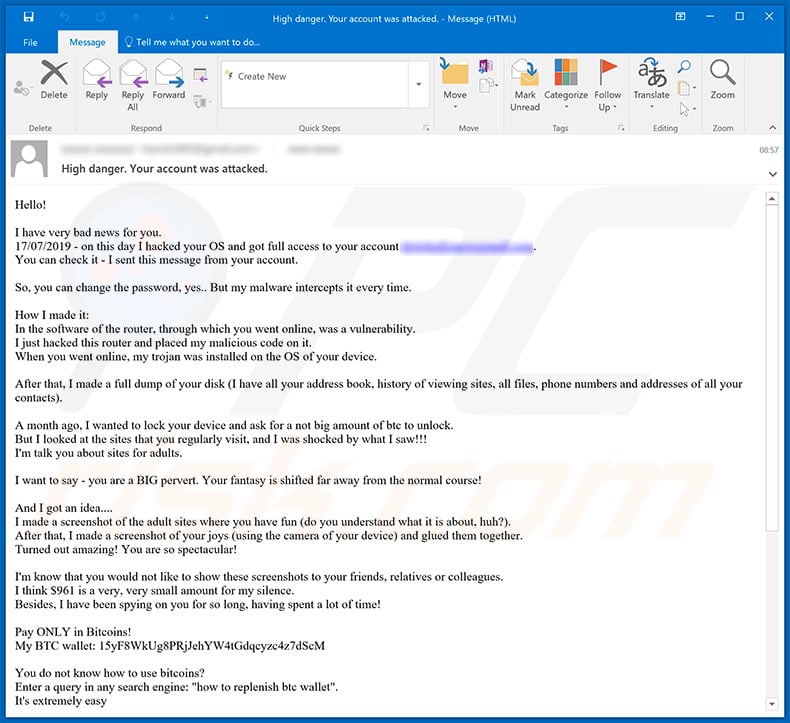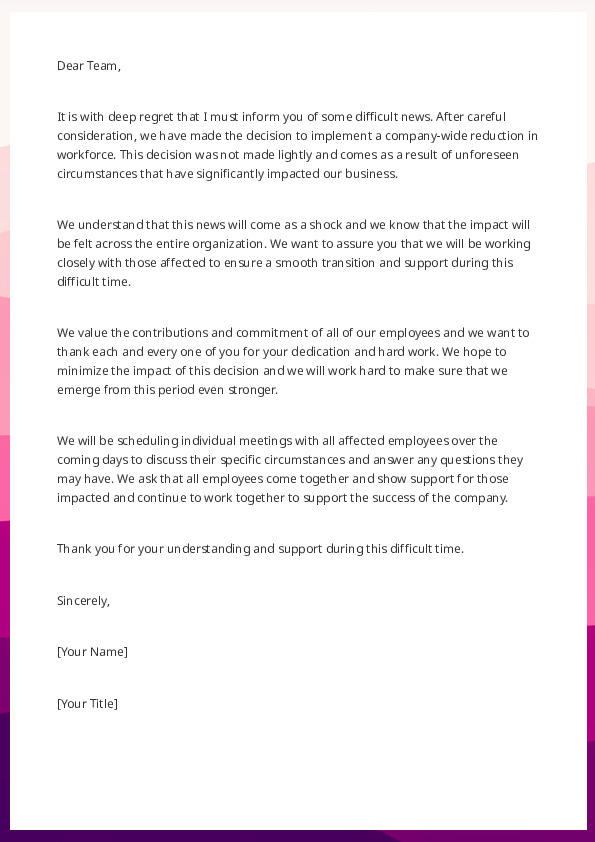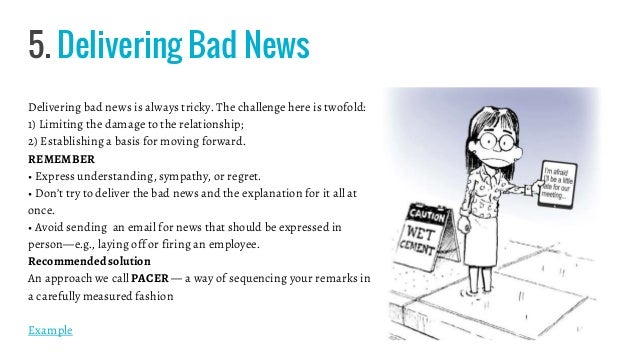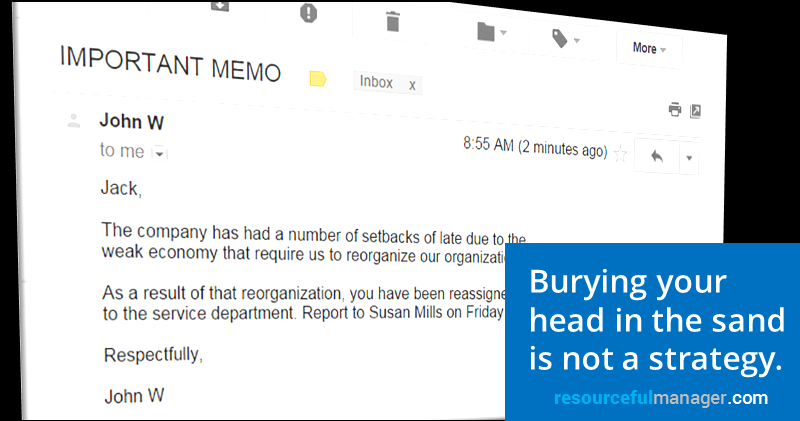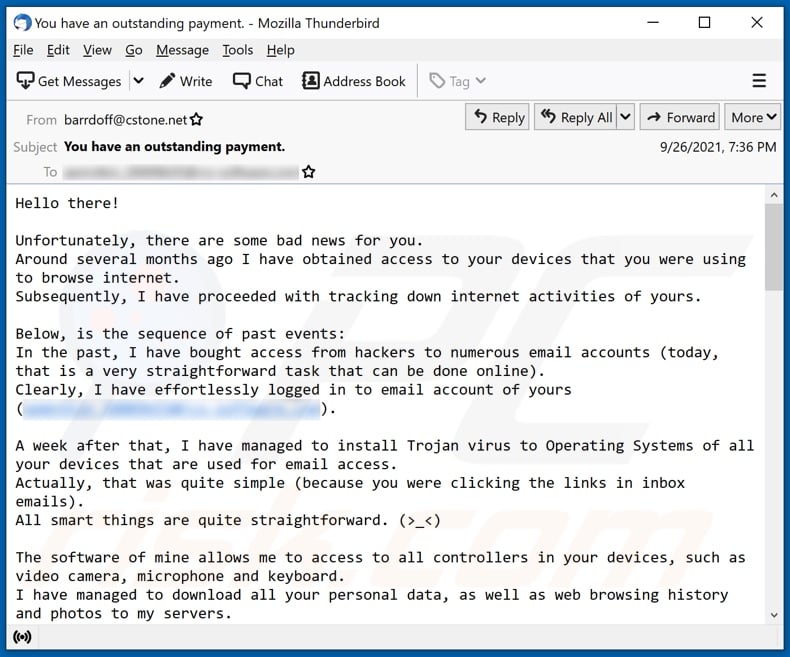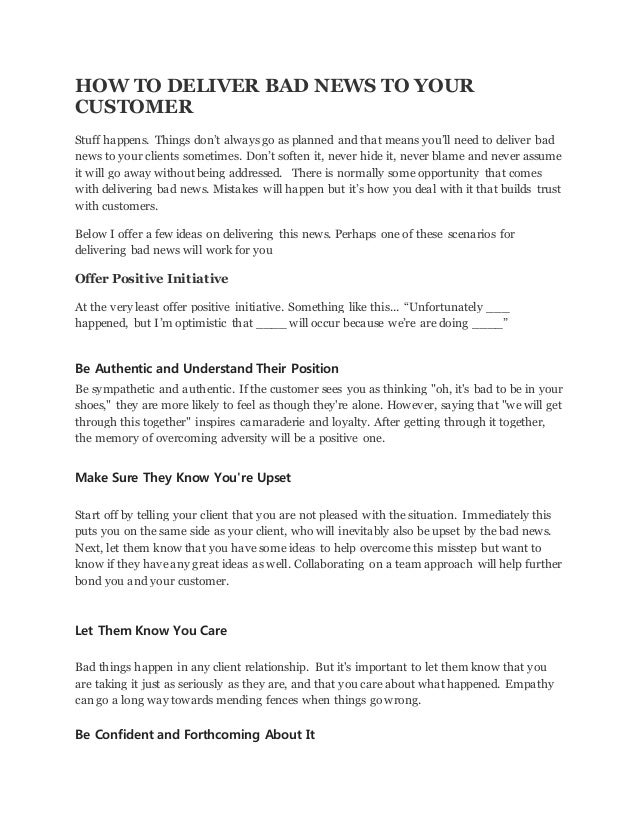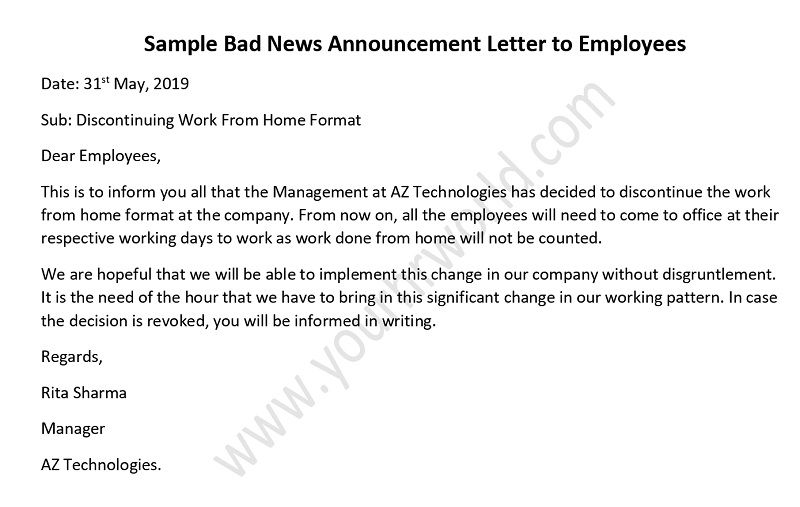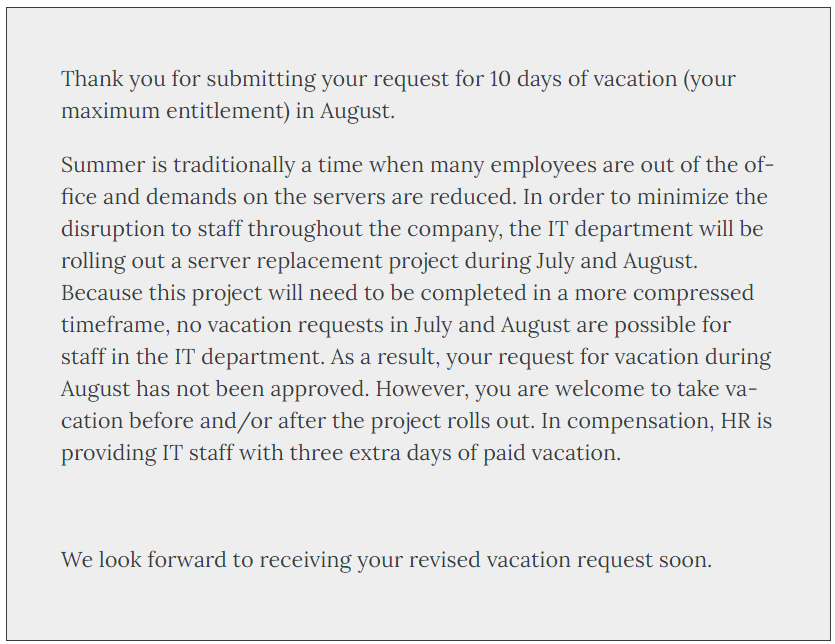How To Deliver Bad News In An Email

The cursor blinks, mocking your hesitation. You stare at the screen, the words "Subject: Important Update" feeling like a lead weight. On the other side of that email is a colleague, a client, a friend - someone about to receive news they’d rather not hear. It's a situation we all dread, but handling it with grace and clarity can make all the difference.
This article provides practical guidance on how to deliver bad news effectively via email. It explores the key principles, best practices, and common pitfalls to avoid when communicating difficult information. It's about minimizing damage and preserving relationships, even when the message itself is unwelcome.
Understanding the Importance
Delivering bad news is never easy, but doing it poorly can have significant consequences. Damaged relationships, eroded trust, and even legal repercussions can arise from mishandled communication. According to a 2023 study by Harvard Business Review, employees who feel their concerns are not addressed transparently are three times more likely to seek other employment.
Email, while convenient, lacks the nuance of face-to-face conversation. This means the risk of misinterpretation is significantly higher. It's critical, therefore, to be deliberate and thoughtful in crafting your message.
Crafting the Message: A Step-by-Step Guide
1. Subject Line: Clarity is Key
Avoid being vague or misleading in the subject line. While you don’t want to cause unnecessary alarm, be upfront about the nature of the message. Something like "Project Update - Important Information" or "Regarding Your Application" is preferable to "Checking In" or "Update".
2. Start with Empathy
Begin the email with a brief expression of understanding or empathy. Acknowledge that the news you are about to deliver is not ideal. For example: “I’m writing to you today with some difficult news regarding…” or “I understand this isn't the outcome you were hoping for…”
3. Deliver the News Directly, But Kindly
Don’t bury the bad news. Be clear and concise, avoiding jargon or overly complex language. However, be sure to deliver the information with sensitivity and respect. Avoid being accusatory or blaming.
4. Provide Context and Explanation
Explain the reasons behind the decision or situation. Provide as much context as possible, without overwhelming the recipient with unnecessary details. Transparency builds trust, even when the news is unfavorable.
5. Offer Solutions and Support
Whenever possible, offer solutions or support. If you’re rejecting a job applicant, suggest other resources or opportunities. If a project is being delayed, outline the steps you are taking to mitigate the impact. According to Forbes, offering solutions demonstrate your commitment to finding a resolution.
6. Express Sincere Regret
A sincere apology can go a long way in mitigating the impact of bad news. Even if you are not personally responsible for the situation, expressing regret on behalf of the organization demonstrates empathy and understanding.
7. End on a Positive Note (When Possible)
While it’s important to be realistic, try to end the email on a positive note. This could involve expressing your continued commitment to the relationship, offering future assistance, or highlighting any potential opportunities that may arise. Avoid false optimism.
8. Proofread Carefully
Before sending, carefully proofread the email for any errors in grammar or spelling. A polished and professional message demonstrates respect for the recipient and reinforces your credibility.
Common Pitfalls to Avoid
One common mistake is delaying the delivery of bad news. This only prolongs the anxiety and uncertainty for the recipient. Another pitfall is being overly vague or evasive. While it’s natural to want to soften the blow, clarity is essential.
Never deliver bad news when you are angry or upset. Take some time to calm down and collect your thoughts before responding. Avoid using email as a way to avoid difficult conversations.
Beyond the Email: Follow-Up
Depending on the situation, it may be appropriate to follow up with a phone call or in-person meeting. This allows for further clarification and provides an opportunity to address any concerns the recipient may have. A follow-up also shows you care enough to offer your support and further explanation.
Handling bad news with empathy and clarity is a crucial skill, both professionally and personally. While email may not always be the ideal medium, following these guidelines can help you navigate difficult conversations with grace and minimize potential damage. Remember, how you deliver the message is often just as important as the message itself.
